Serving Tea & Coffee To Guests – Service Standard | Hotels | Restaurants | Resorts
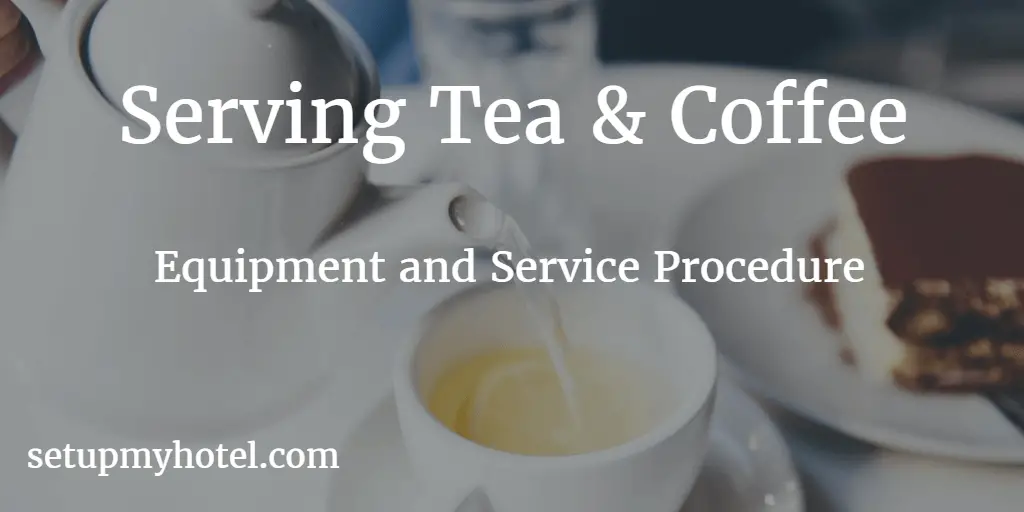
Serving Tea and coffee to Guests – Service Standards Serving tea and coffee to guests is a vital aspect of ...
Read more
How To Reduce Skipping (Non Paying) Guest In Restaurants?
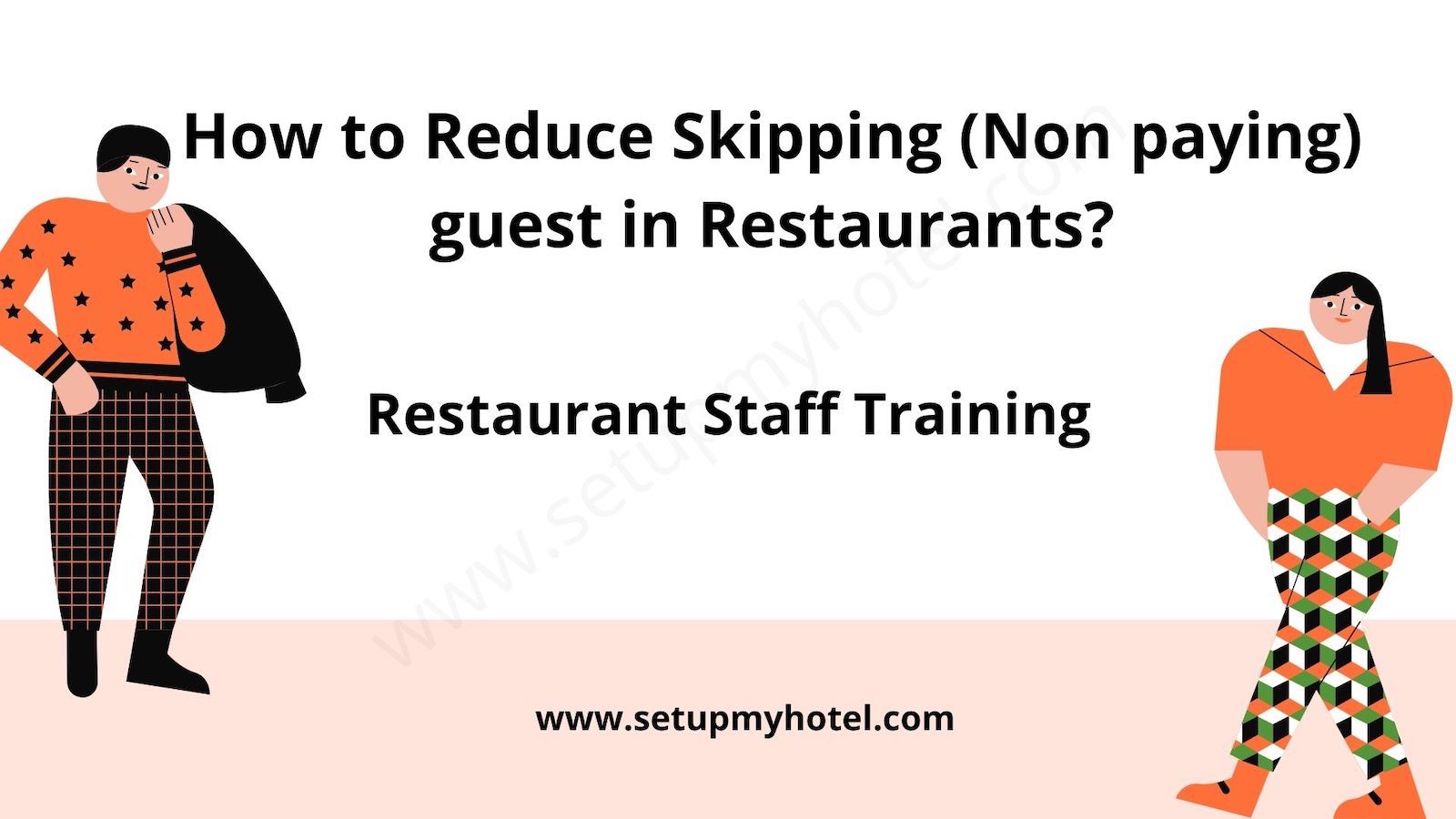
How to Reduce Skipping (non-paying) guests in Restaurants? Reducing the number of non-paying guests, commonly referred to as “skipping” or ...
Read more
Defining Reservation Policies In Restaurants | Coffee Shops (F&B) – Hotels | Resorts
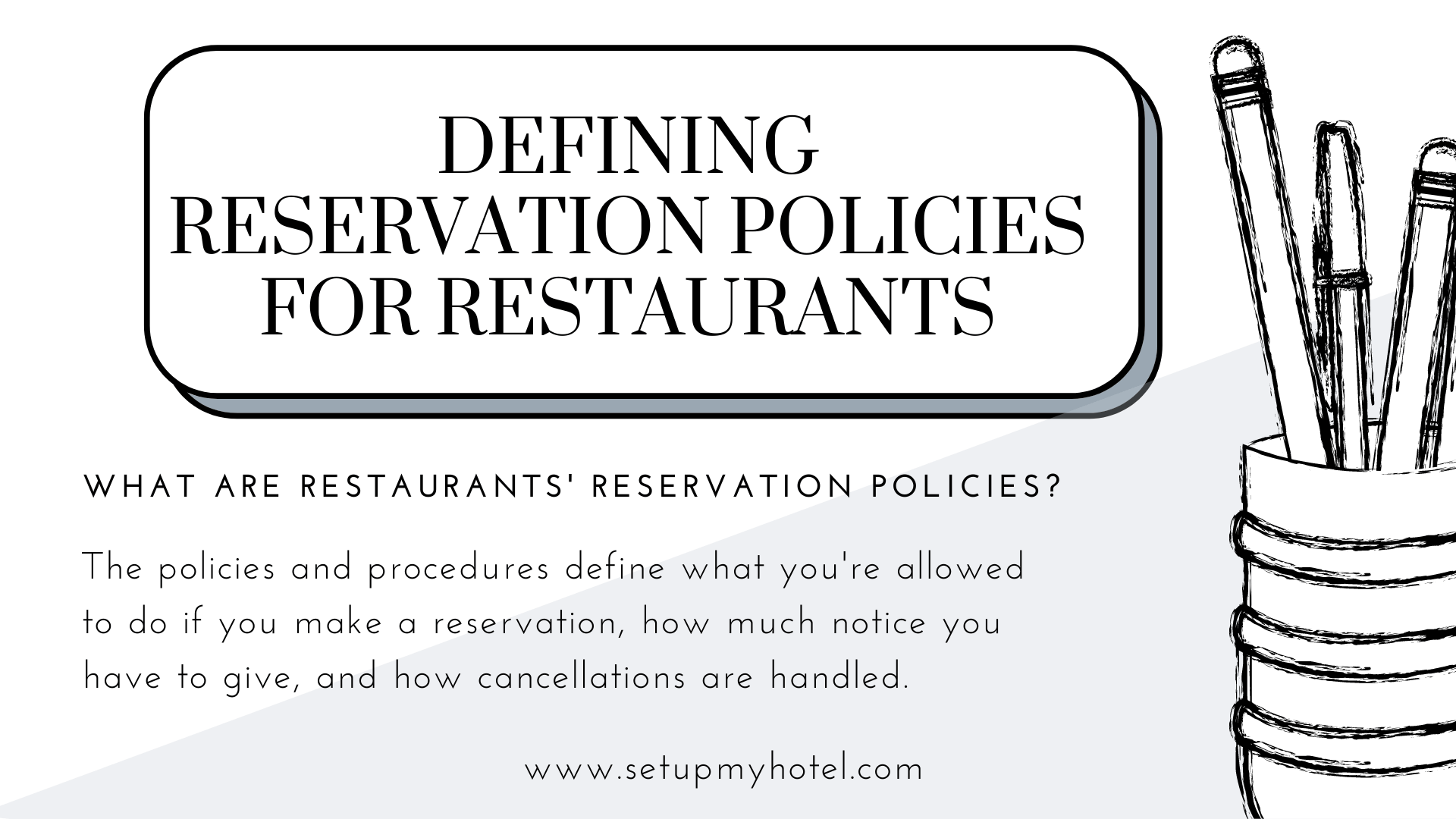
Defining Reservation Policies in Restaurants | Coffee Shops Introduction: What are hotel restaurants’ reservation policies? Many hotels have a “reservation ...
Read more
Five Step Process In Restaurant Revenue Management Approach
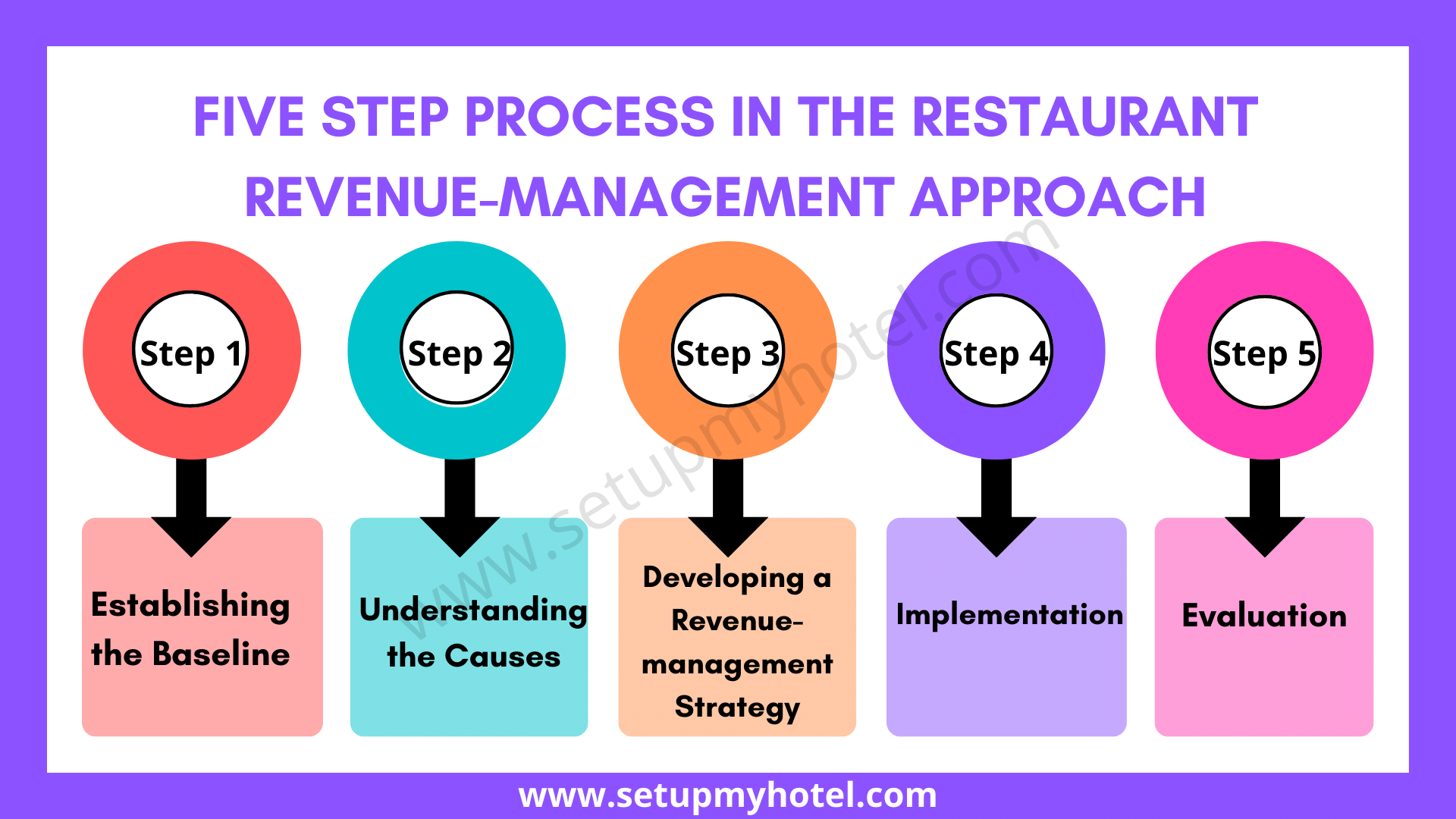
Five-Step Process In Revenue – Management Approach The five-step process outlined above was used to develop a revenue management strategy ...
Read more
Advantages Of Using Point Of Sales (POS) System In Hotels

Advantages Of Using Point Of Sales (POS) System In Hotels Introduction: Point of sale (POS) systems play an important role in ...
Read more
The Main Factors Of Restaurant Revenue Management
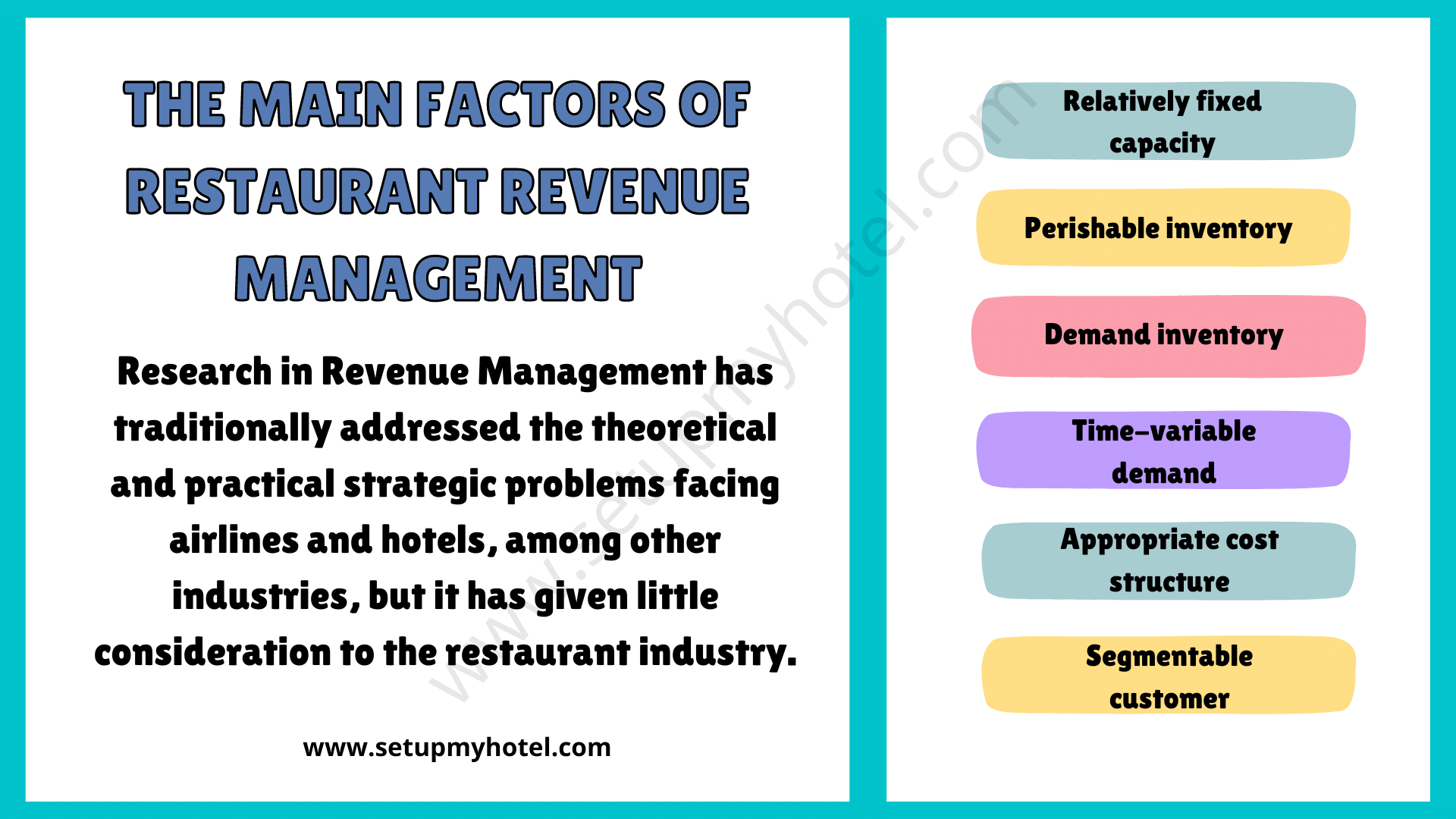
The Main Factors Of Restaurant Revenue Management Restaurant revenue management involves a strategic approach to pricing, marketing, and operations to ...
Read more
Purchase Order (PO) Form Format – Hotels | Resorts
Purchase Order (PO) Form Format – Hotels | Resorts A purchase order form for hotels and resorts is a document ...
Read more
Beverage Consumption Report – F&B | Hotels | Restaurants
Beverage Consumption Report Used in Food and Beverage Operations Beverage Consumption Report for Restaurants and Hotels is a report published ...
Read more










